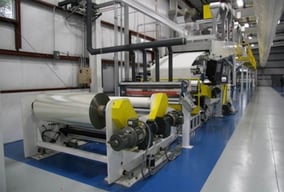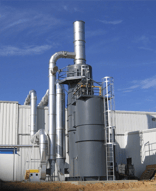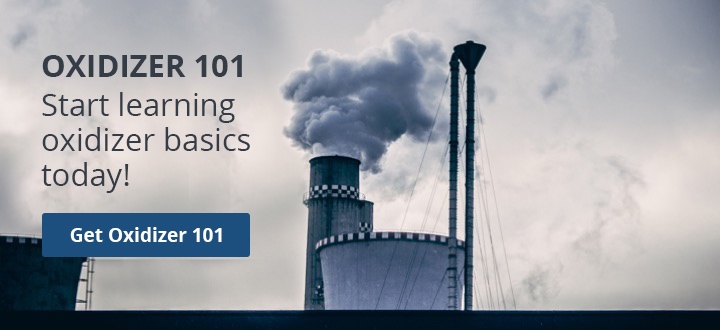The coating process consists of applying a coating material to a moving web of flexible substrate. Different types of coating lines may be found in each industry, but broadly speaking each system is based on a roll design and will consist of a metering system for applying the coating material to the substrate, followed by a drying tunnel to dry the coated web before it is rewound. The coatings provide the substrate with enhanced aesthetic and physical properties derived from the coating material. These specialized coatings contain volatile organic compounds (VOCs) such as: toluene, methanol, methyl ethyl chloride, ethylene glycol, xylenes, phenol, methylene chloride, glycol ethers, hexane, methyl isobutyl ketone, cresols, cresylic acid, dimethyl formamide, vinyl acetate, formaldehyde, and ethyl benzene which when evaporated during the coating process, react in the atmosphere to form ozone which can cause adverse effects on human health.
The following areas in web coating & converting operations may generate significant VOC emissions which are released to the environment:
- Coating application stations
- Laminators
- Flashoff areas
- Dryer ovens/tunnels
Thermal and Catalytic Oxidation are the most widely accepted control technologies available to control the VOC emissions from the web coating manufacturing process. Oxidation of VOCs and other air pollutants works by simply oxidizing the air pollutants with oxygen and heat. In this environment the VOCs are converted to harmless inert byproducts like CO2, water vapor (H2O), and usable heat. These harmless by-products are released to the atmosphere or used within primary or secondary energy recovery techniques to further lower the operational costs.
A Regenerative Thermal Oxidizer (RTO) is recognized as the most effective and cost-efficient way to destroy VOCs from web coating processes. Each Regenerative Thermal Oxidizer (RTO) system incorporates specialized ceramic media in the regenerator (heat transfer bed) to allow thermal efficiencies up to 97%. RTOs operate by preheating the process air as it passes upward through the first ceramic heat exchange media. This pre-heated air then exits the heat exchange media and enters a combustion chamber where it is heated to the setpoint temperature and oxidization of the VOC’s is completed. Hot, clean air is then passed downward through the second ceramic heat exchange media bed where it is cooled. This regeneration of the heat exchanger allows for much higher thermal efficiencies than traditional recuperative style heat exchangers.









